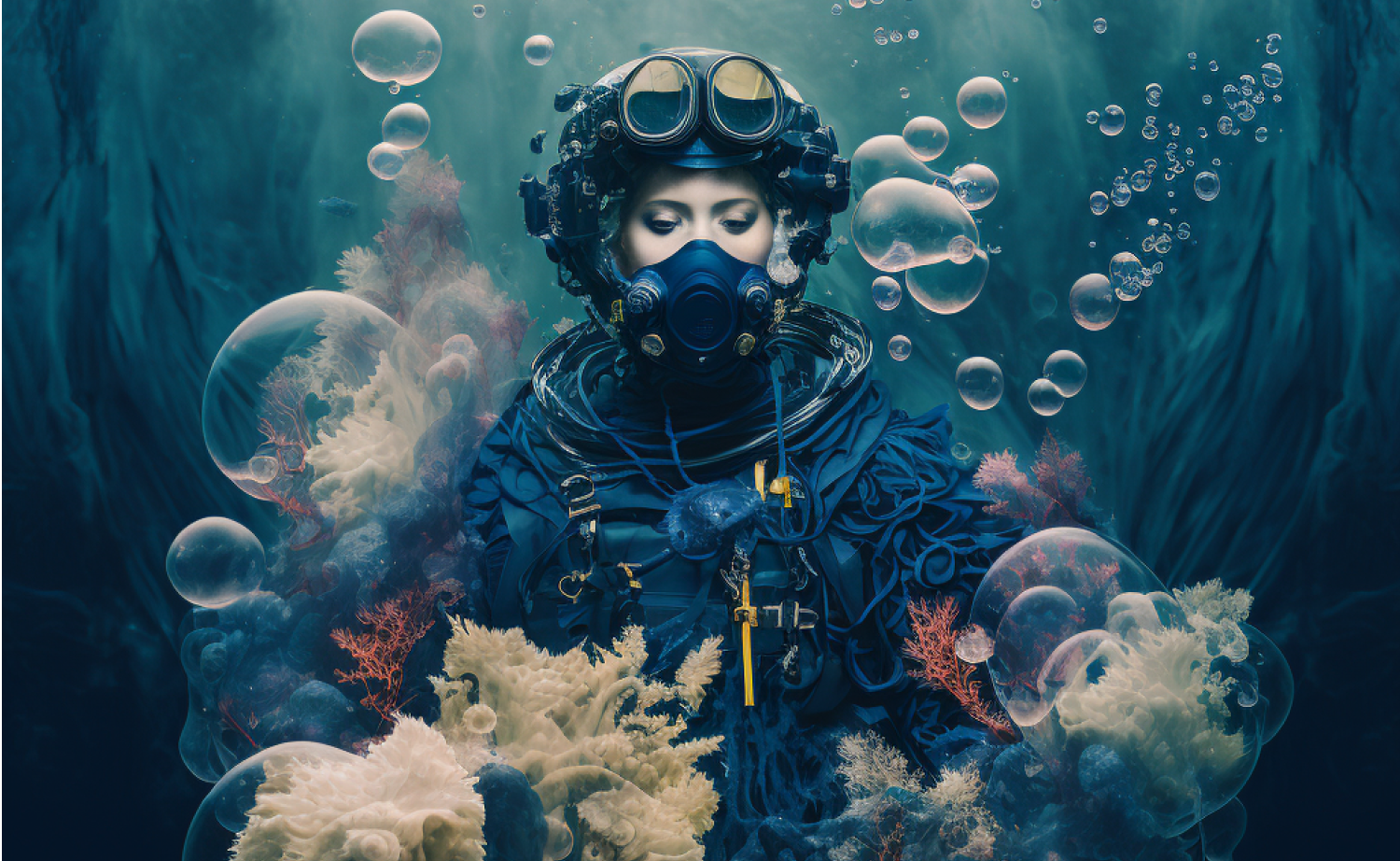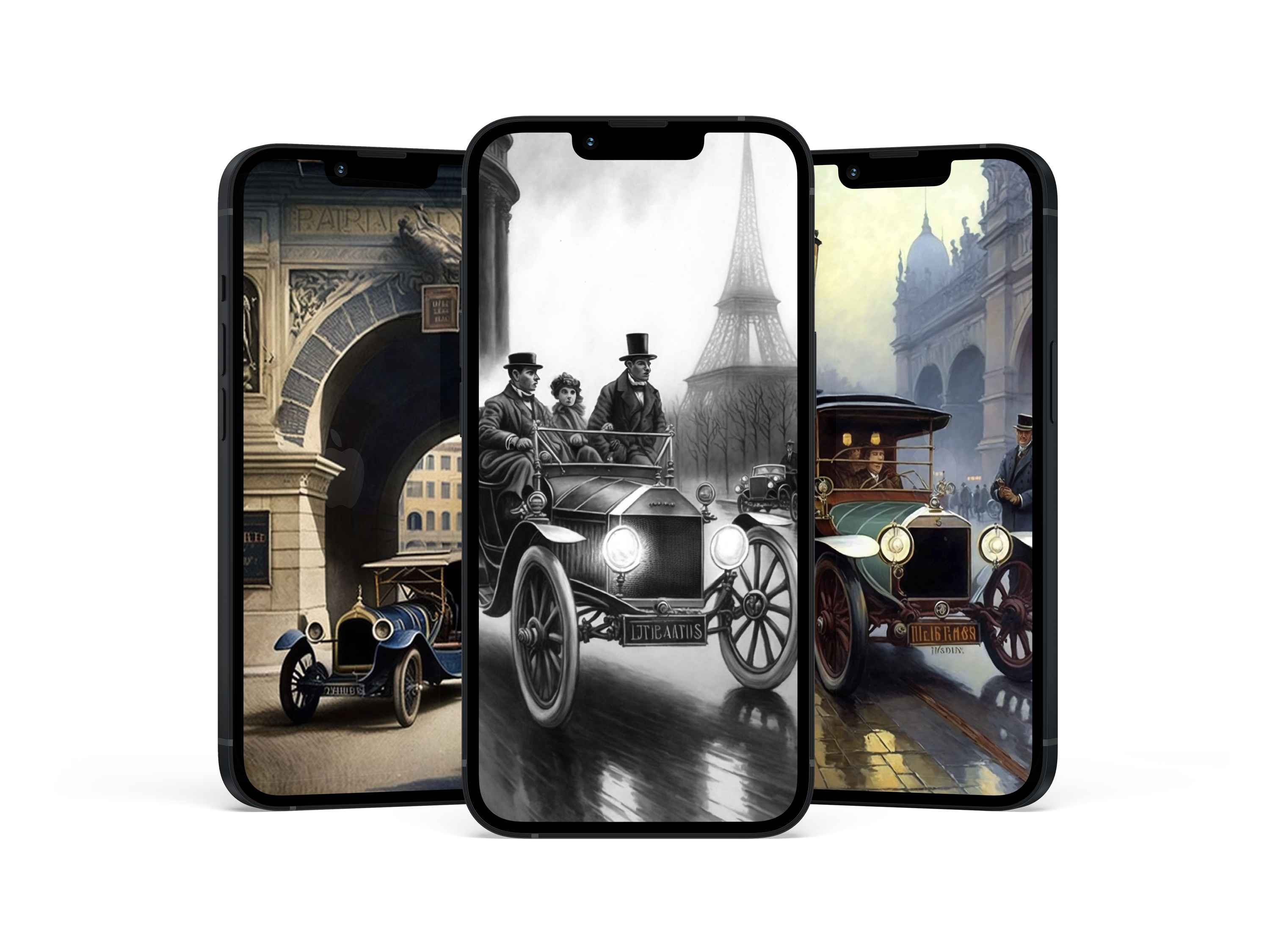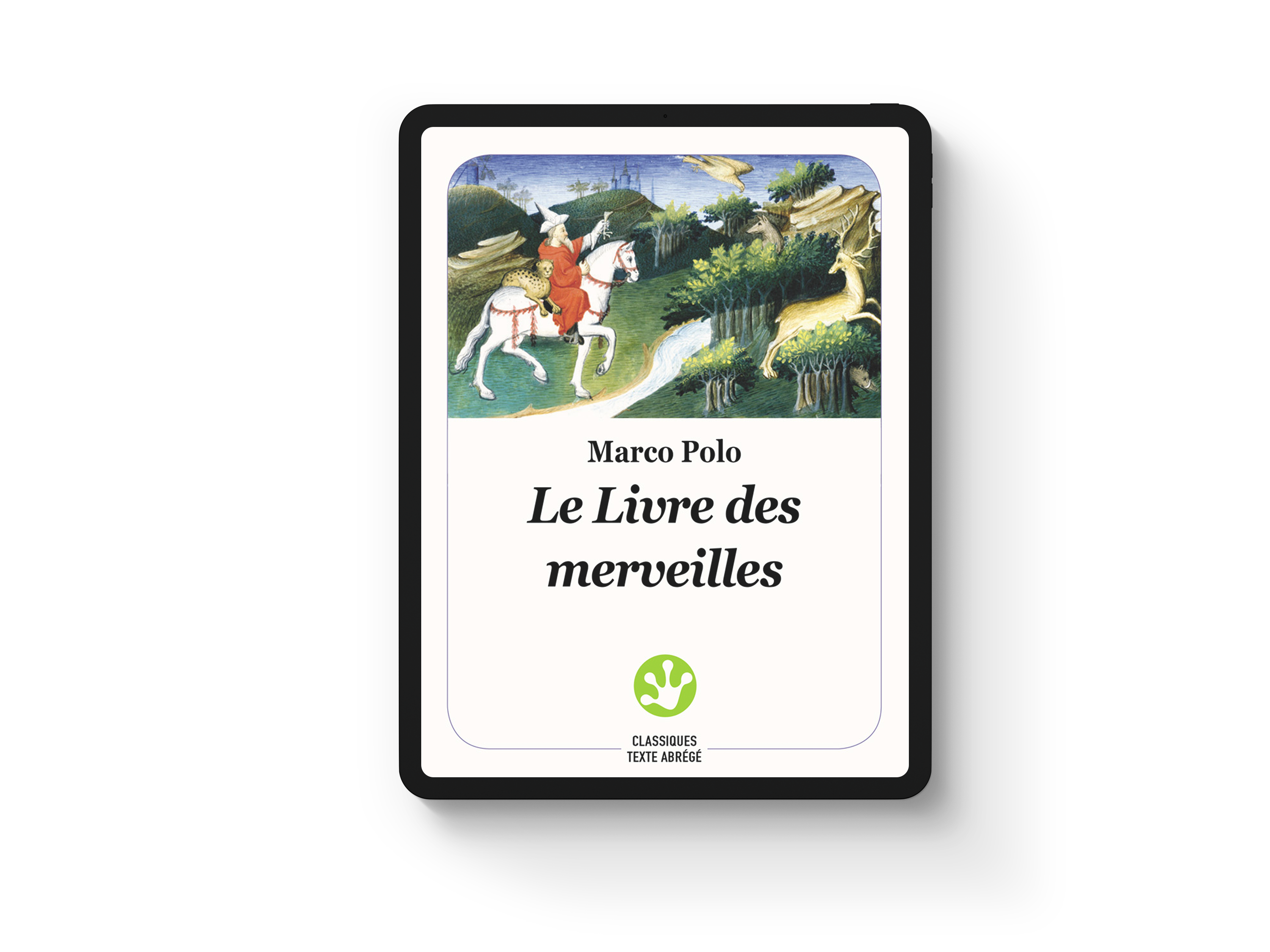To be or not to be? Creativity and Artificial Intelligence

Artificial Intelligence has been in our lives for some time, but only in recent months has it become popular among creatives worldwide, for better or worse. PubCoder has been developing software for creatives since 2013, and in these years, AI has often entered our daily conversations because it has helped us with some boring work on the code. After all, some translations or emails have been created or validated by AI tools for some time, and also because it has significantly entered the work of some of our customers.
Our client Mobidys has been using AI for years to transform inaccessible books into digital books suitable for dyslexic people: they improved their tool with thousands of hours of training (in French and English for now, but Italian is coming) so to have it complete a very significant part of the transformation work, before submitting it to a final human check. After that, PubCoder allows the construction of the digital book and its distribution on Shelf technology.
All publishers will be able to build universally accessible versions and use increasingly advanced tools for synchronized reading, even using the voices of excellent readers who have been sampled and reproduced artificially. Many image manipulation tools have been making “magic” interventions using AI systems for some time. Platforms such as DALL-E, midjourney or Stable Diffusion are getting a lot of attention, which allow us not only to generate images with text commands but also to use images produced by us as a starting point for retouching or reinterpretation; for example, you can create a tender little animal which, with a touch/click, becomes a little less likeable.
Artificial Intelligence is not creative tout court but feeds on the contents found on the net or in vertical databases: we feed it daily by putting texts, images and videos online. When we ask the AI to write a text or draw something, it takes into consideration what it considers relevant in a gigantic database, and it reduces everything into fragments which it then reassembles following parameters considered statistically valid; if we ask for the sun, “yellow” will likely be relevant, if we ask for a love letter, expect words like “heart” or “passion”. Artificial Intelligence somehow averages and summarizes all the human creativity available and gives us a result that we can use in many different ways. Today, mainly as an aid, as an inspiration, as a starting point: and hardly as a final result, also because it is not trivial to establish how “original” the creation is.
Training some Artificial Intelligence tools violates some rights, and someone will have to clarify this in the appropriate forums; the instrument’s possibilities remain, which can help the imagination and open up new worlds. For example, Gaia Giordani, a very creative Content Strategist, asked midjourney to help her draw women of different ethnicities and create high fashion images; they are “underwater warriors” enriched by further details added to the initial prompt. The work required about 300 revisions, which led to a splendid result represented here with a small gallery, accompanied by the music produced with Magenta.
The limit seems to be the imagination, and the possibility of experimenting and generating increasingly relevant assets to feed platforms such as PubCoder is clear; we can give a new life to archives, make a local heritage more international, reconstruct missing images, insert audio, improve accessibility, work with schools, design digital content that steals attention from social networks.
Some time ago, we designed a mobile digital book prototype for the Italian National Auto Museum, which houses jewels of inestimable value; the story of Itala, the car protagonist of a journey from Paris to Beijing in 1907, could also be enriched with reconstructions from old images, even imagining scenarios that have remained in the memory of the protagonists of that historical enterprise.

The help of technology increases creative possibilities, not to take the job away from those with ideas and talent, but to increase their options and scope. So the question “Where will Artificial Intelligence arrive?” may be wrong; the right question should be: “What can human creativity achieve, even with the help of technology?”.
(The AI-driven tool Grammar.ly revised this post).





